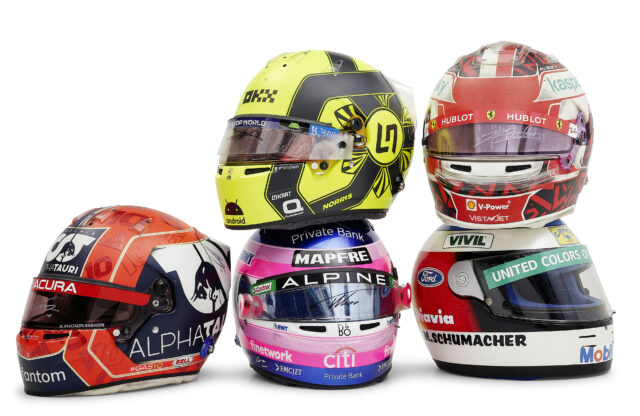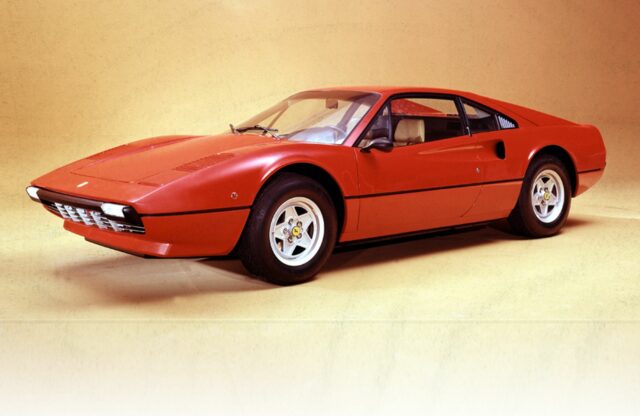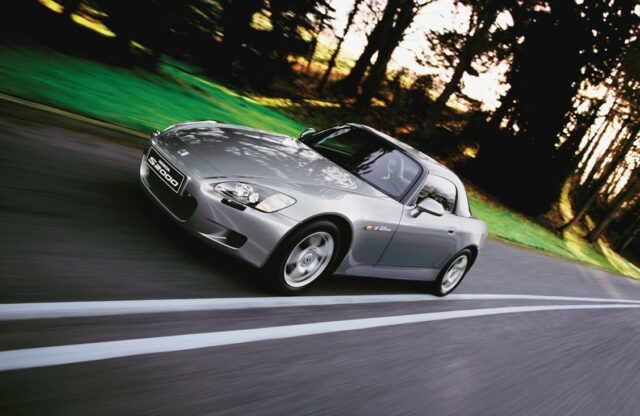WORDS: CLIVE ROBERTSON, HEALYS LLP | PHOTOS: BRING A TRAILER, BONHAMS
Article from Magneto magazine issue 15, back issues available on our online store
The word ‘auction’ is taken from the Latin word ‘augeo’, which means to increase. Herodotus the Greek historian was the first to record the auction process, circa 500BC, reporting that it was used for the purpose of selling women for marriage. As for the transport business, the horse auction has, time out of mind, been the principal method of sale. As the motor car took the place of the horse, so auction became the main method of acquiring and disposing of vehicles.
Up until 2014, this traditional Herodotus car-auction process remained broadly the same – and then Bring a Trailer Auctions arrived on the US scene with the concept of an online auction, building on the popular BaT classifieds website.
This was followed two years later in the UK by The Market. I had made the acquaintance of the company’s Tristan Judge when inspecting a Ferrari on behalf of a client, and again when returning as a customer while selling my late father’s Jaguar XJ12. I was impressed by the transparency of the process, the attention to detail and the appealing fee schedule.

In retrospect, it’s probably fair to say that the advent of the online sale model changed the classic car auction irretrievably for the better. I had been curious to know how Tristan and his fellow director Tim Joslyn had happened upon their concept. In 2016 Tim had conjured up the idea of an online database, to be called Patina. Apparently the aim had been to allow classic car owners to record their vehicles’ history, to include photos, in permanent form. If documents were lost, stolen or perished, the database would exist as a last-resort keep-safe.
There was also no charge to participants for the service. It was clear, too, that this digital database could significantly help buyers and sellers transparently describe a car they were transacting remotely on. So the Patina team added a digital auction process to the website and app, and, voila, The Market was born. The owners determined that if overheads such as buildings and sales staff could be avoided, the transaction fees could be kept low, which of itself would be attractive to potential customers.
The real key to The Market’s success, however, was the quality of its offering. Detailed descriptions – including the highlighting of faults, along with multiple high-resolution images, often running to more than 300 – generated confidence in buyers, which in turn led to more bids, and hence more sales. Tristan told me that on average each car listed for sale generated at least one actual inspection. Most importantly, the cars could be test driven; a facility that is not on offer at the traditional auction.

The business was boosted by the unfortunate arrival of Covid. Tristan relates that national lockdowns prevented most traditional auctions from functioning at all, accelerating the online auction place’s already rapidly increasing market share. This effect was even more marked in the US, where the site Classic.com recorded classic car auction sales in 2021 of $2.3 billion – 72 percent higher than sales in 2020, when that figure in turn was 62 percent higher than the one in 2019.
Together, but on a grander scale in the US, Bring a Trailer and The Market changed the way collector cars are bought and sold. A by- product of this activity is the decline of the classified ad. Gone are the days of peering through Exchange and Mart, Autosport, Motor Sport et al. No more fretting over whether to drive the length of the country to inspect a prospective purchase based on a description of no more than 15 words and no photo.
Aside from The Market – The Market by Bonhams now, which speaks as to its success – the mainstream auction houses issue terms and conditions that are considerably more extensive and comprehensive. To some degree these are a consequence of the greater range of services on offer, such as collection, delivery, storage, valeting and so forth. These extensive T&Cs are often set out in a number of related documents.

Take Gooding & Company; its suite of documents is both extensive and comprehensive, beginning with a step-by-step guide to preparing your vehicle for auction, from paperwork, through travel to the venue, to a final checklist.
The converted consignor will then be presented with a consignment agreement term sheet containing the individual terms of the transaction, with T&Cs attached. This latter document references further conditions of sale, which can be found on the website or printed in the catalogue.
Whether buying or selling at auction, it is imperative that the parties understand the full extent of their obligations and liabilities. If all proceeds well at auction, the T&Cs will not have been relevant. However, if issues ensue, the course of events will be governed by the auction contract in all its parts. At the very least, the T&Cs should be read over, and at best the canny individual should fix an appointment with their lawyer.
Returning to Tristan, I asked how he saw the future unfolding in terms of the process of buying and selling. He felt that the classified ad had started to be consigned to history, and that there would always be a place for the great houses putting together events to showcase the trophy and art cars, leaving space at the other end of the market for local auctions with more modest offerings. For most of us, the online auction will be the vehicle of choice, where the process is transparent, simpler and easily accessible. That sounds like progress to me.
With thanks to Healys LLP consultant Clive Roberston.
Article from Magneto magazine issue 15, back issues available on our online store




